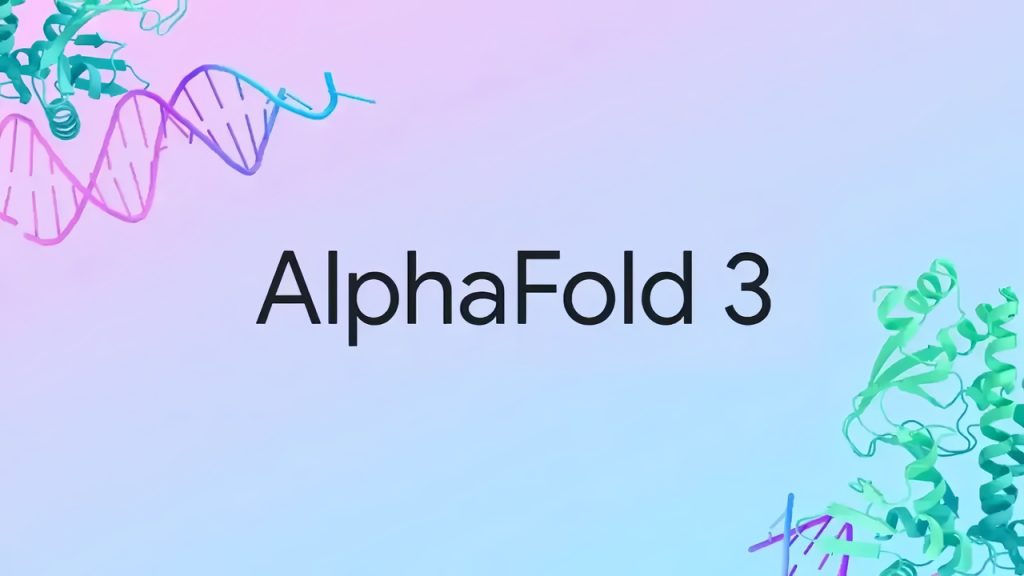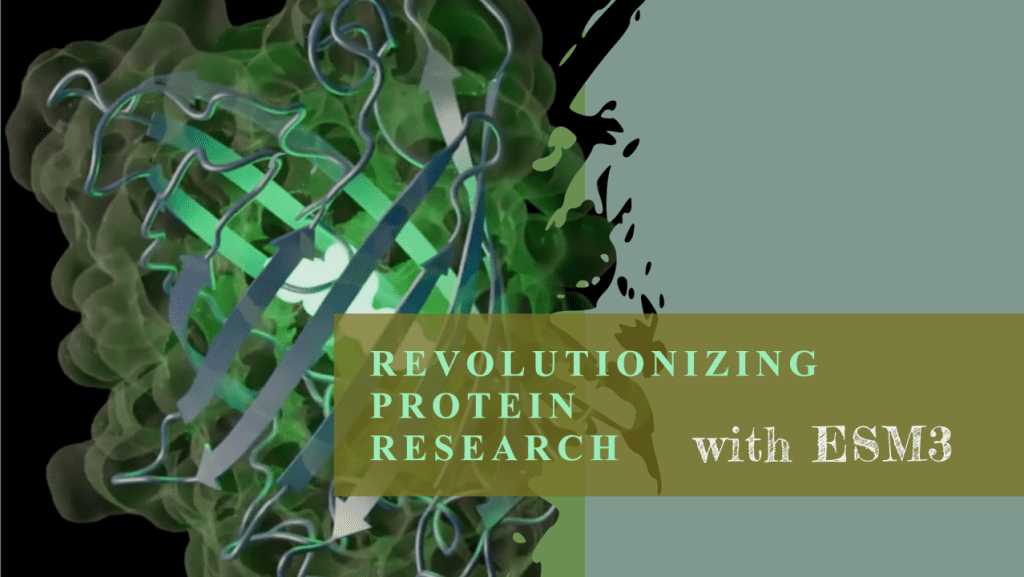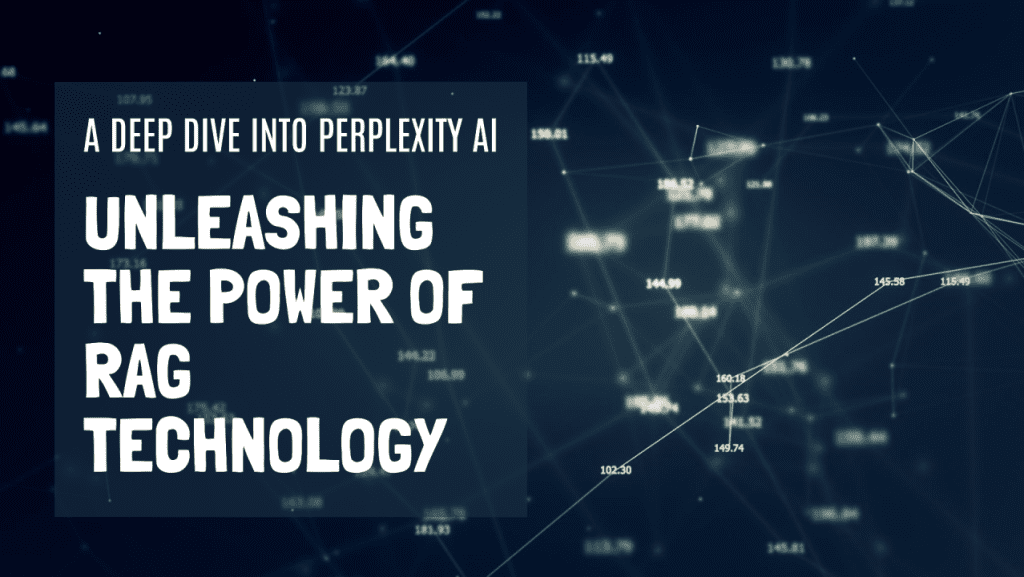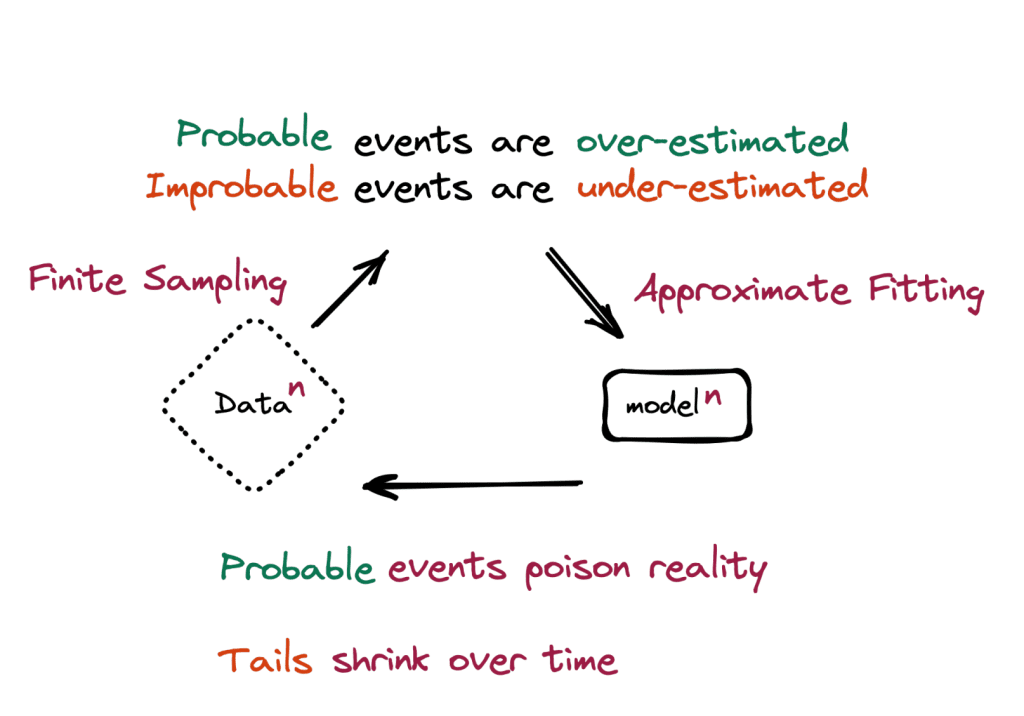Unveiling AlphaFold 3: The Next Leap in Predicting Biomolecular Structures Across the Chemical Space
On October 9, 2024, the Royal Swedish Academy of Sciences decided to award half of the 2024 Nobel Prize in Chemistry to Demis Hassabis and John Jumper for their development of AlphaFold2 in 2020, a model capable of predicting the structure of almost all 200 million proteins discovered by researchers. Here is the official scientific background: They have revealed proteins’ secrets through […]







